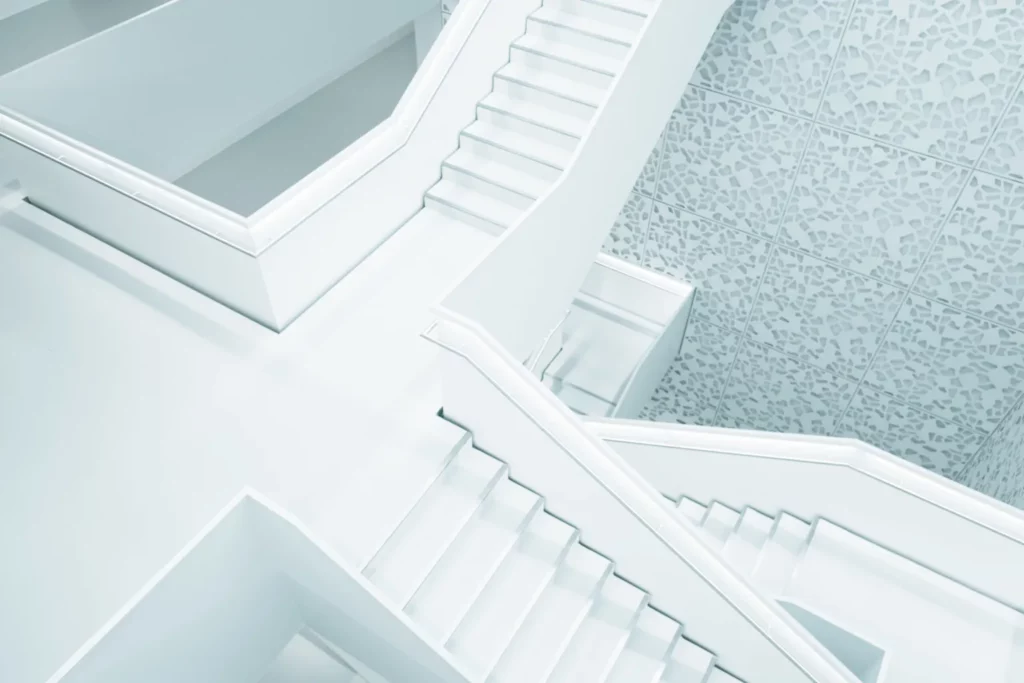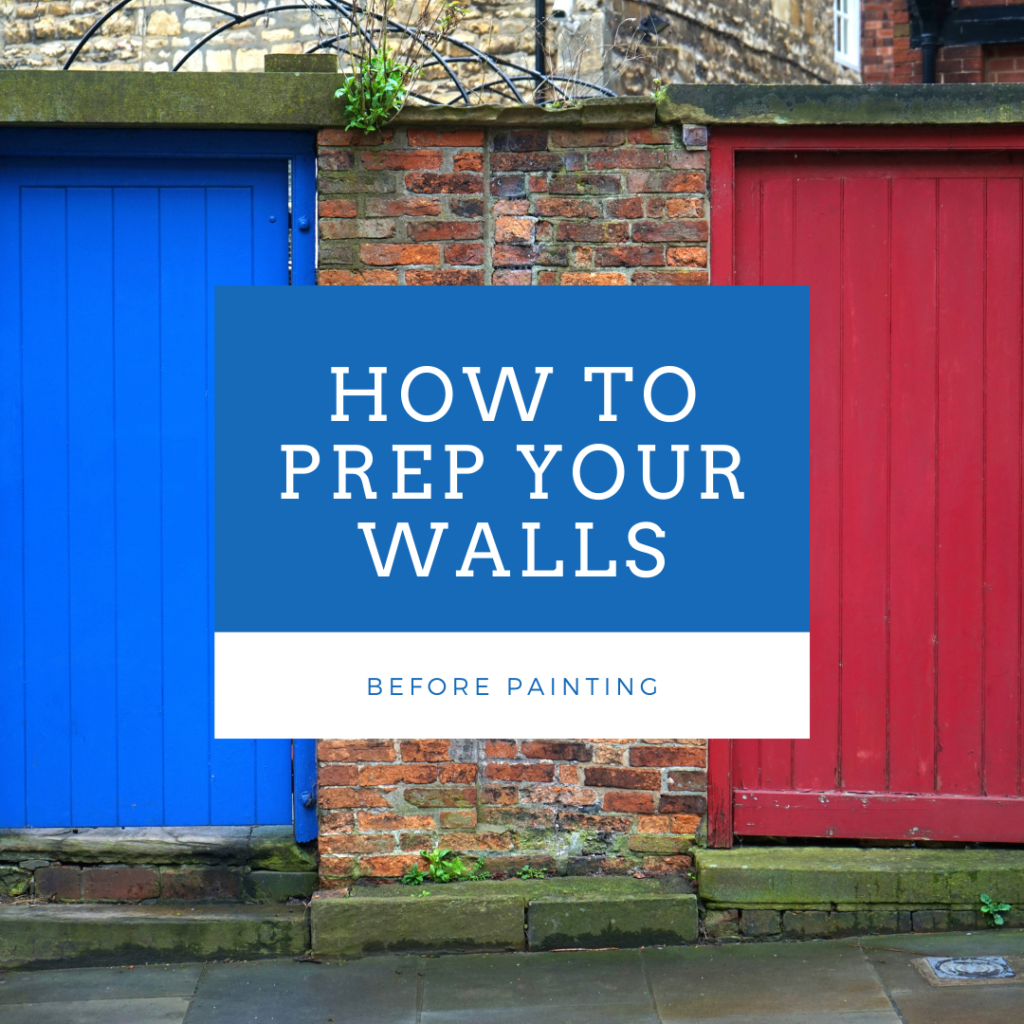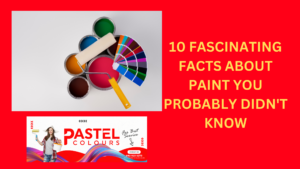How to prepare your walls before painting.
Preparation is key to a great finish when decorating, so here is how to to prepare your walls before painting.
It’s worth spending a little extra time and care over prepping your walls before you paint, as you’ll get a much better finish. Follow the steps below to find out how to prepare recently plastered walls, a previously painted wall with a few cracks and holes and a previously wallpapered wall. No matter the material of your walls, they must be dry, and free from grease and dust, holes and cracks, flaky plaster, peeling paint and bits of wallpaper.

How to prepare a newly plastered wall
This is probably the easiest surface to paint onto. All you need to do, is apply a primer and undercoat with a roller to create the best surface. If you don’t prime the surface with sealer, the plaster will soak up any paint like a sponge, so you’ll waste a lot and end up doing more coats than you’ll need. Allow all bare or new plaster to dry completely before decorating. You’ll know it’s dry when any dark patches shrink away, or it turns a lighter colour.
How to prepare old surfaces
Walls that have already been painted are fairly easy to prepare for new paint, but it’s worth doing a few things first to help get that professional finish.
Fill any holes or cracks.
Tools for the job:
Tools for the job:
- Sugar Soap
- Flexible Filler
- Flexible Filling Knife
- Fine Sandpaper
Step 1: Clean the gaps with sugar soap before you fill as any dust could stop the filler sticking to the wall.
Step 2: Take your flexible filling knife and push filler into the gap until smooth with the wall.
Step 3: Let the filler dry, then smooth down with a fine sandpaper
Sand the walls.
Tools for the job:
- Fine Sandpaper
Take a fresh piece of fine sandpaper and lightly sand all the walls and any peeling paint. This gives the wall a texture which will help the paint bind to the surface.
Clean the walls.
Tools for the job:
- Sugar Soap
- Sponge
- Gloves
Remove any grease, crayon or mucky fingerprints with a sugar soap solution. This comes as either ready-mixed or as a solution to mix with water. Wear gloves and apply the sugar soap to the walls. Once all walls have been cleaned, give the surface a final clean with warm water to remove any soap traces. Leave the walls to dry thoroughly.
Preparing previously wallpapered surfaces
You could paint over wallpaper, but it might not leave you with the best finish so it’s best to remove the wallpaper before you begin. Depending on which type of wallpaper you have, these surfaces can take a little more work as you need to make sure you remove all the wallpaper. Wallpaper which is hung by pasting the wall can be peeled off, with no soak time or tools required. However, wallpaper which is hung by pasting the back of the paper will need to follow the steps below.
Tools for the job:
- Stripping knife or orbital scorer
- Sponge
- Bucket
- Wallpaper stripping solution
- Steam stripper
- Sandpaper
- Sugar soap
Step 1: Score the wallpaper with a stripping knife or orbital scorer in diagonal crosses, making sure not to push onto the plaster behind.
Step 2: Soak the wallpaper with a sponge and hot water to make it easier to remove. Wet a few metres at a time and leave it for five minutes to soften. Take care when working around electrical switches and sockets.
Step 3: Slide a wide stripping knife into one of the cuts and remove the paper. Repeat this process until all paper is removed.
Step 4: If you’re having a tough time removing the wallpaper, try a wallpaper stripping solution which breaks down the wallpaper paste. Soak the paper with the solution, leave for a little while and strip off with the knife.
You could also try a steam stripper, fill the tank with water and when it’s plugged in and switched on, it pushes steam through the pipe. Begin at the bottom of your wall and place the steamer over the wallpaper until it appears damp. You should be able to place a stripping knife behind the paper and remove it from the wall. Protect yourself from the steam with gloves and a long-sleeved t-shirt. Don’t leave the steamer in one place for too long to avoid blistering the plaster and be careful around electrical switches and sockets.
Step 5: Once the bulk of the paper is off, you might be left with small pieces of paper stuck to the wall. If it can’t be removed with your stripping knife, try using a sheet of sandpaper to help get rid of it.
Step 6: Use a new piece of sandpaper and lightly sand the walls.
Step 7: Remove any grease, crayon or mucky fingerprints with a sugar soap solution. Wear gloves and apply the sugar soap to the walls. When all the walls have been cleaned, give the surface a final wash with warm water to remove any soap traces. Leave the walls to dry thoroughly.

Lastly, always have fun doing your decorating!
We hope you enjoyed and found value in this article on how to prepare your walls before painting.
Consider signing up to our news letter and avoid the disappointment of missing another article delivered directly to your mailbox.
The Pastel Colours Team
**Google was used to scout information**


